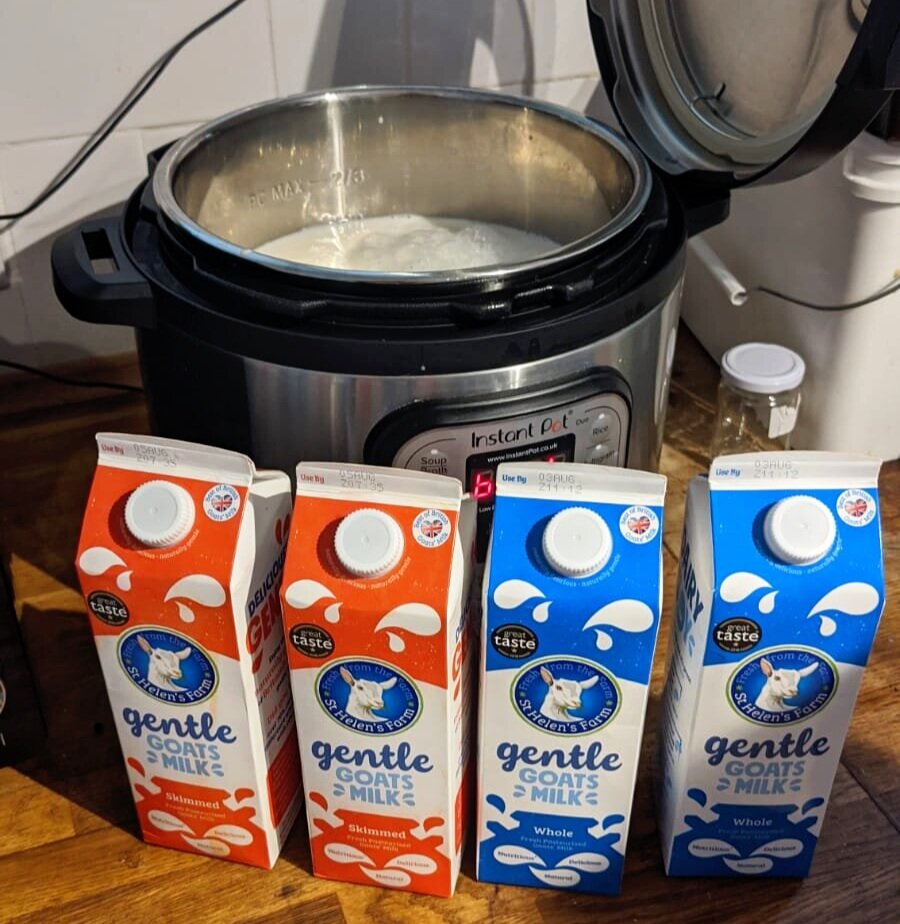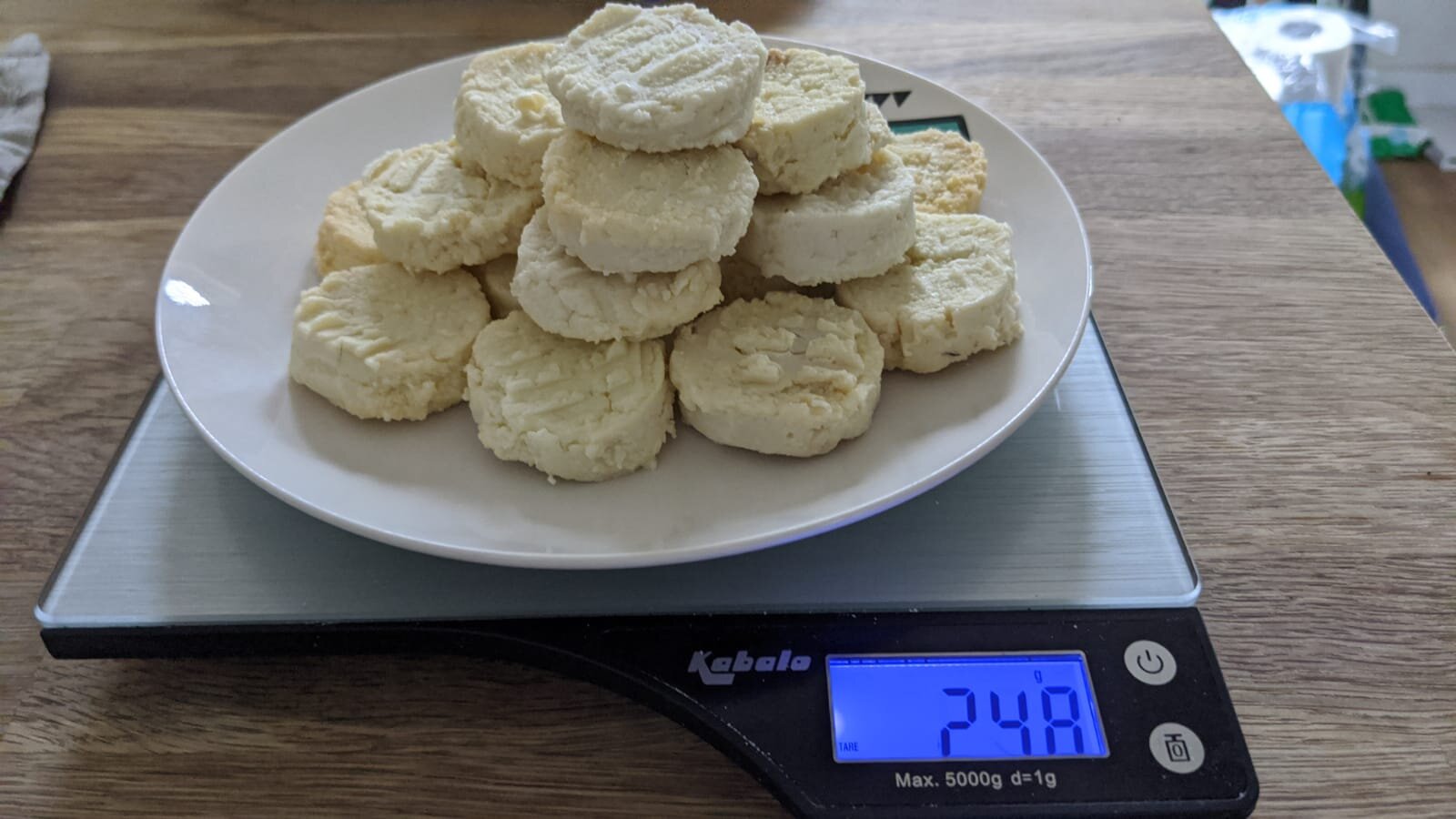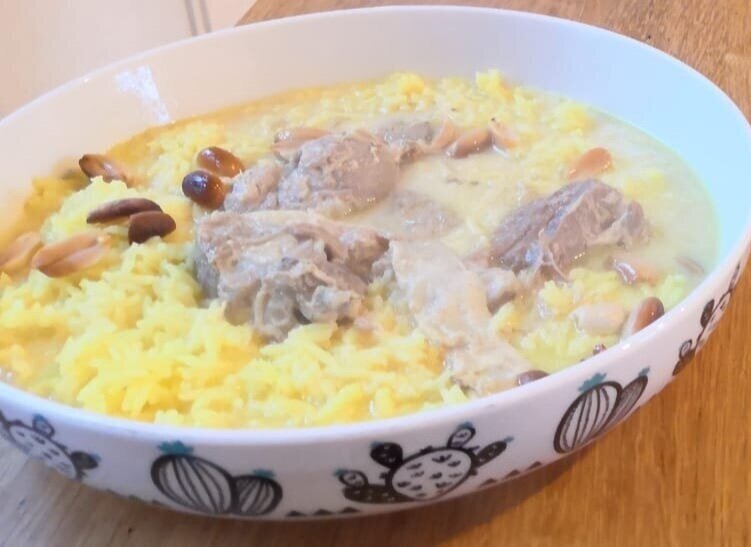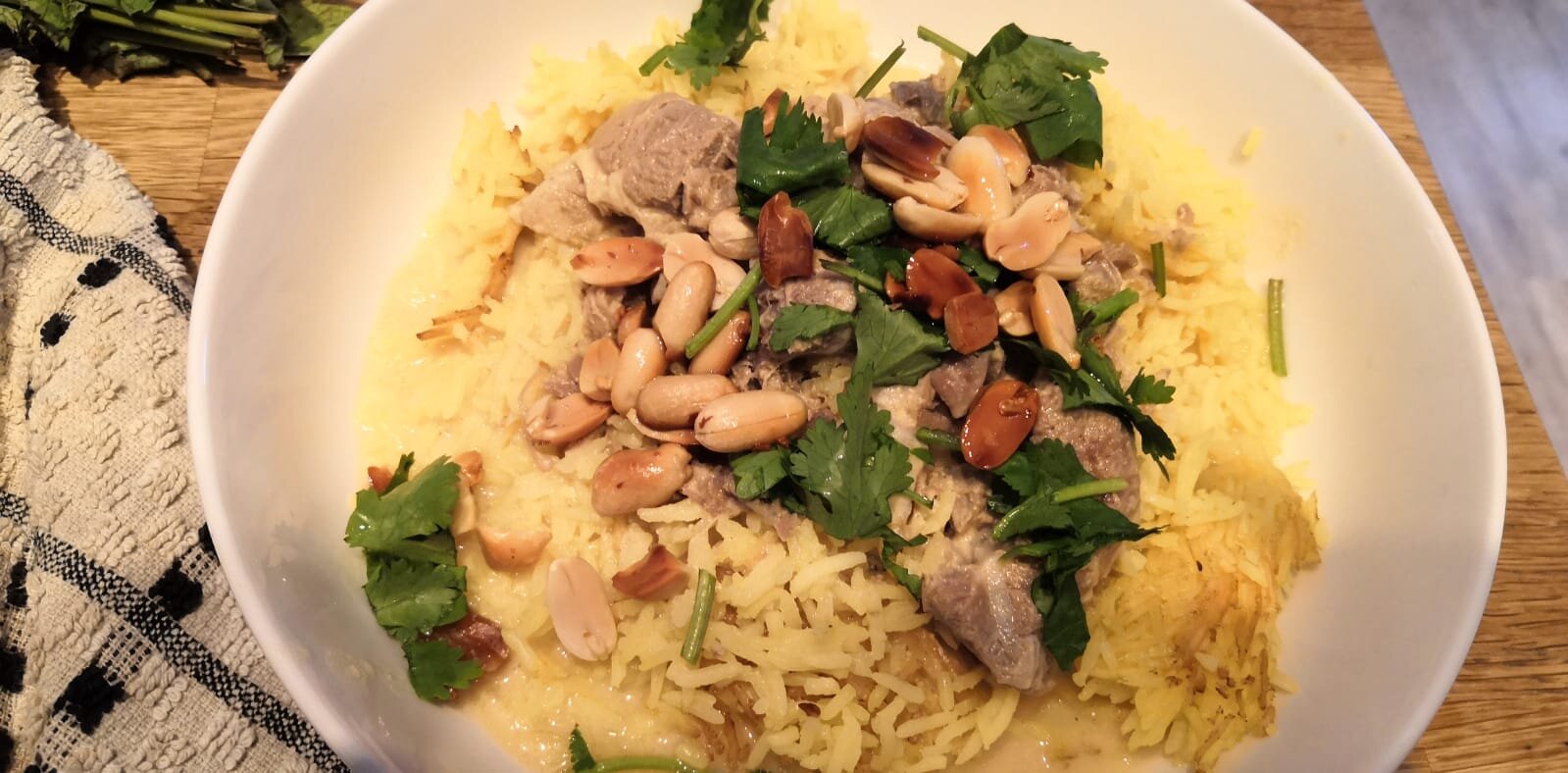🐐 Jameed (جميد)🐐
“The way to my heart is with Mansaf.”
For the uninitiated, Mansaf is a traditional Levant recipe, and is Jordan’s national dish.
It’s usually a bed of rice, soaked in Jameed, topped with lamb, and fried/roasted pine nuts and almonds.
Image by orgbuzz
Jameed itself is a slightly fermented and salty dry yogurt, traditionally made from Goats’ milk.
Making Jameed isn’t something that I could find as much information as I would like about but we figured we would give it a go anyway as Jameed is all imported here so it is fairly expensive.
It is usually produced in Jordan on the outskirts of places like Karak and Irbid, either by Bedouin families, or in big specialised processing facilities.
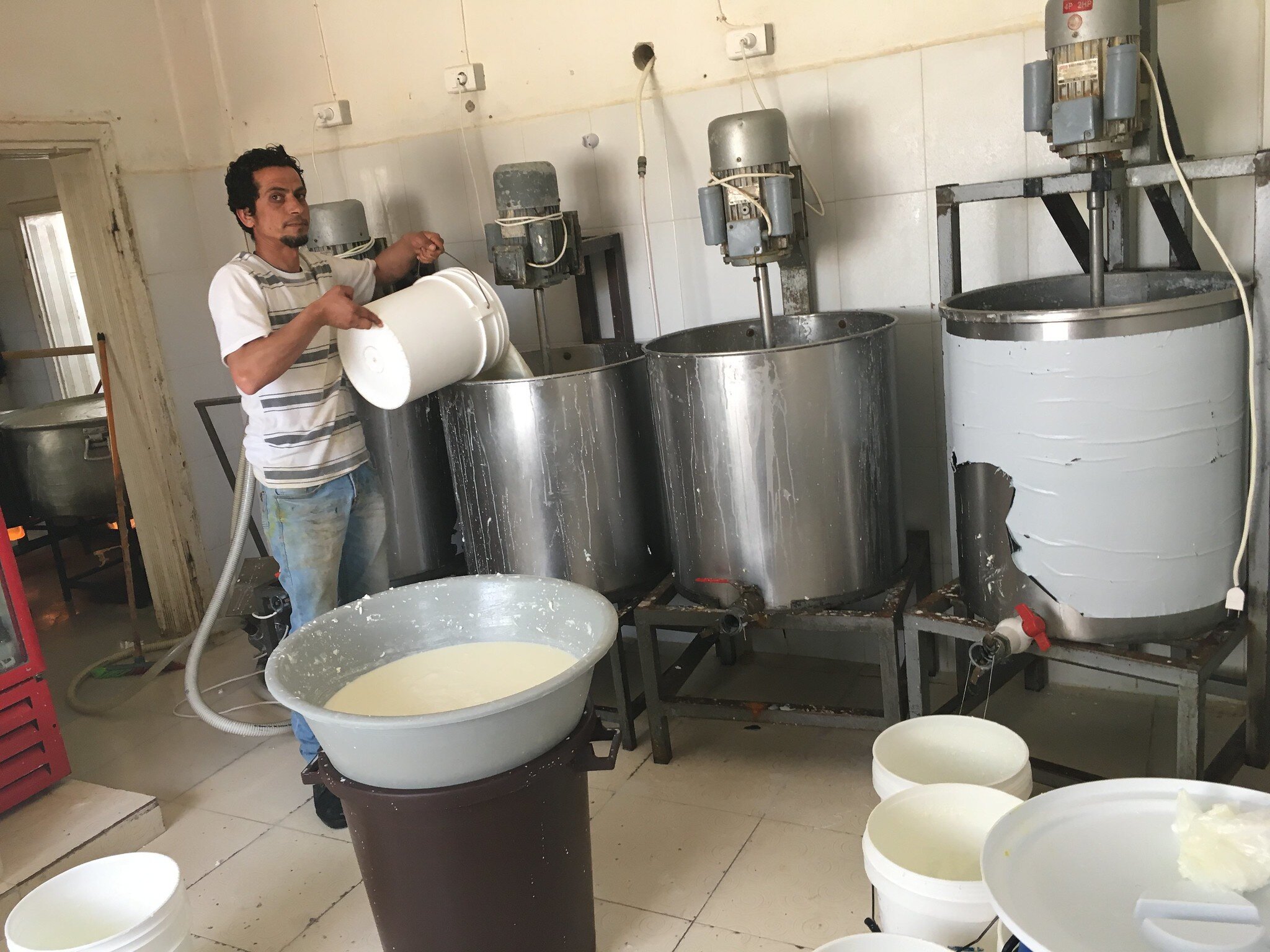
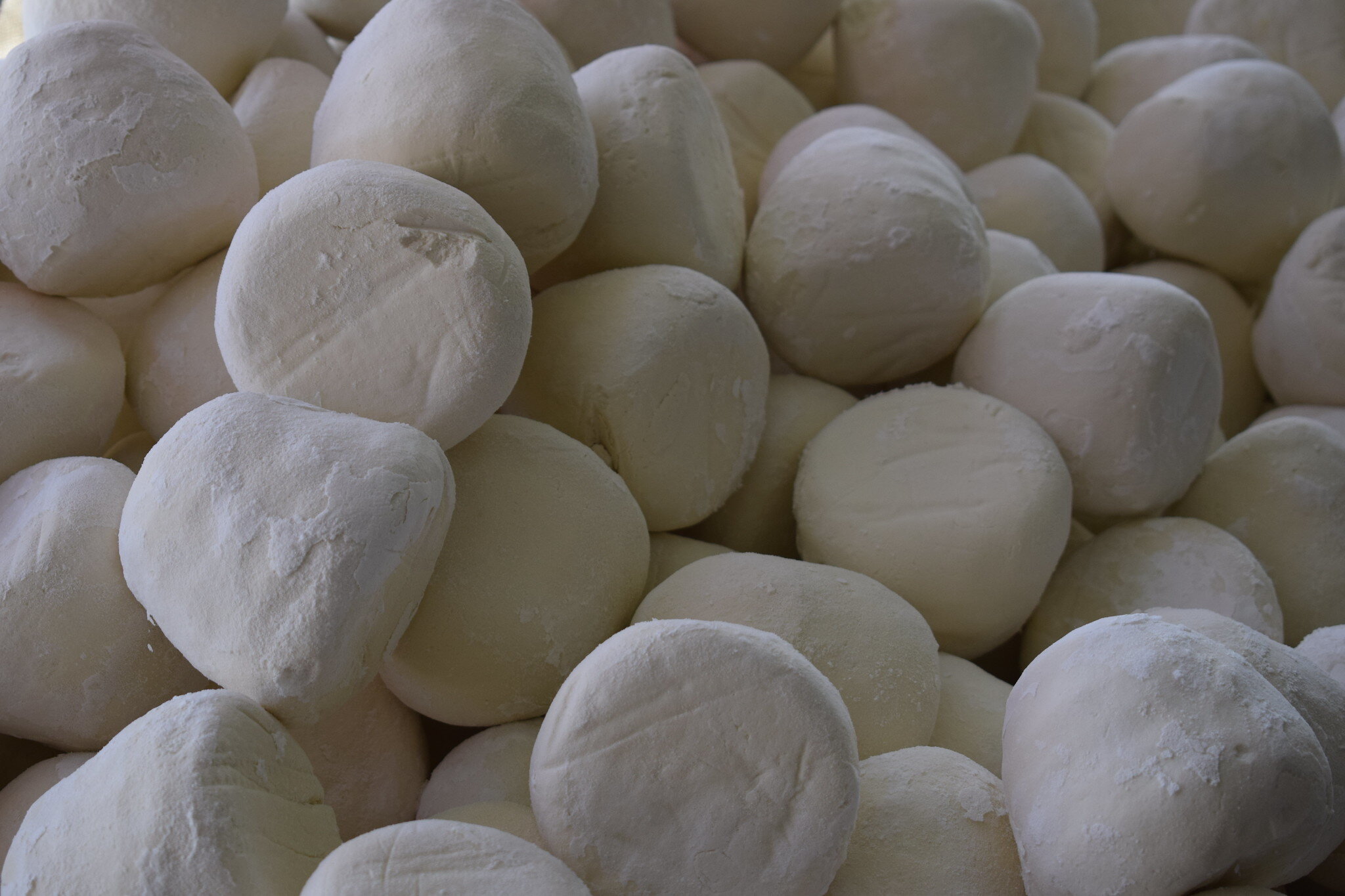
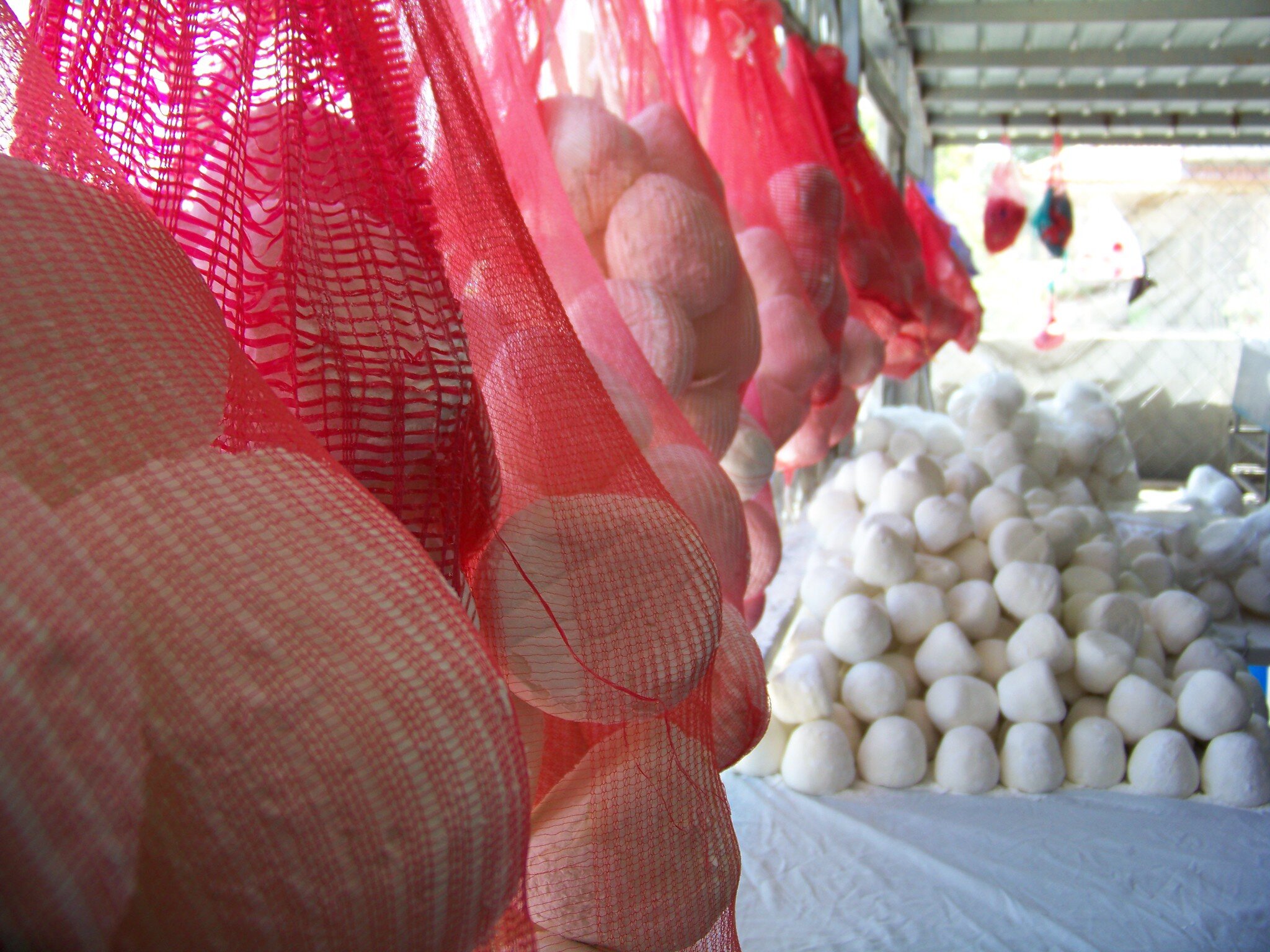
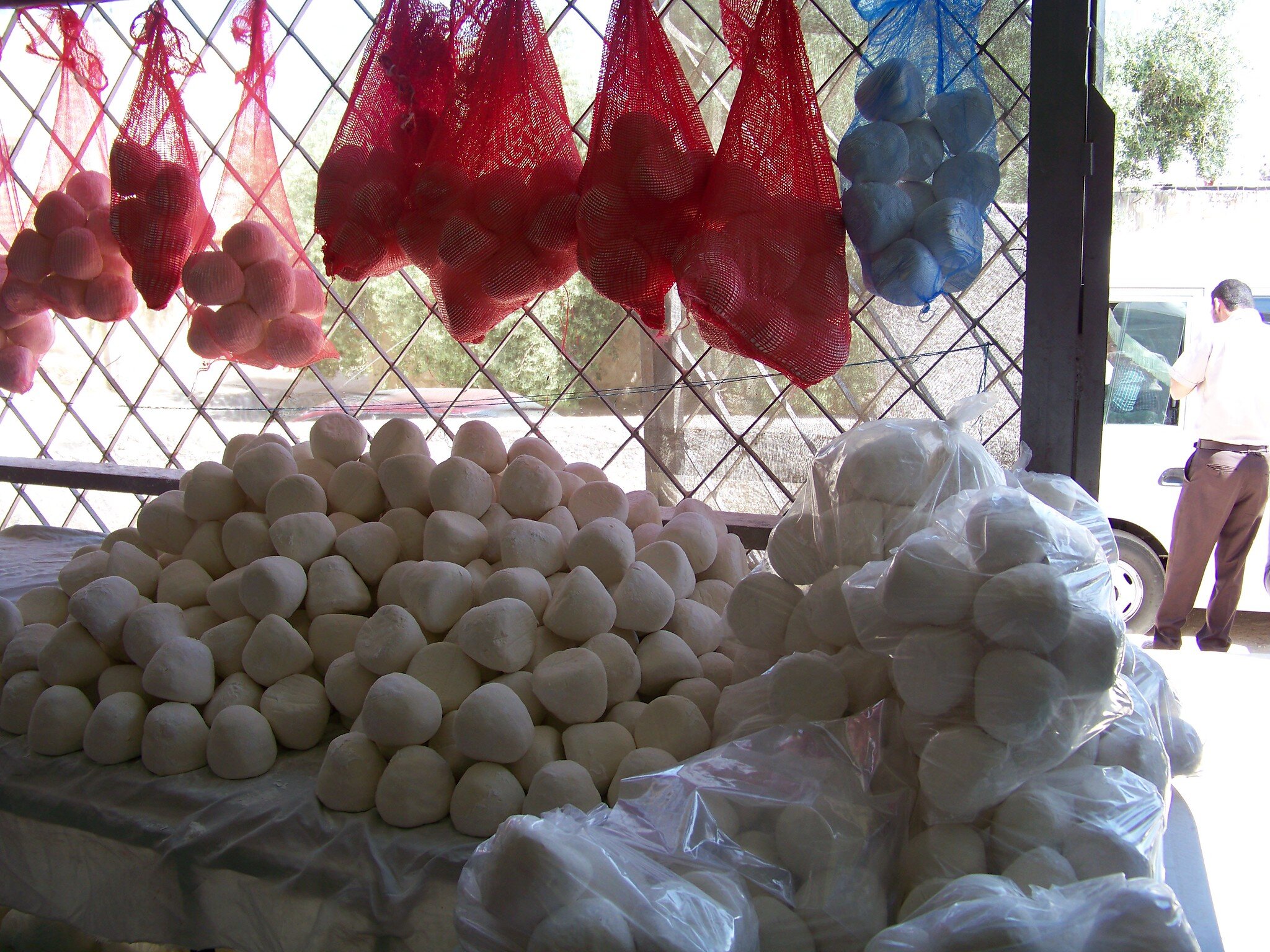
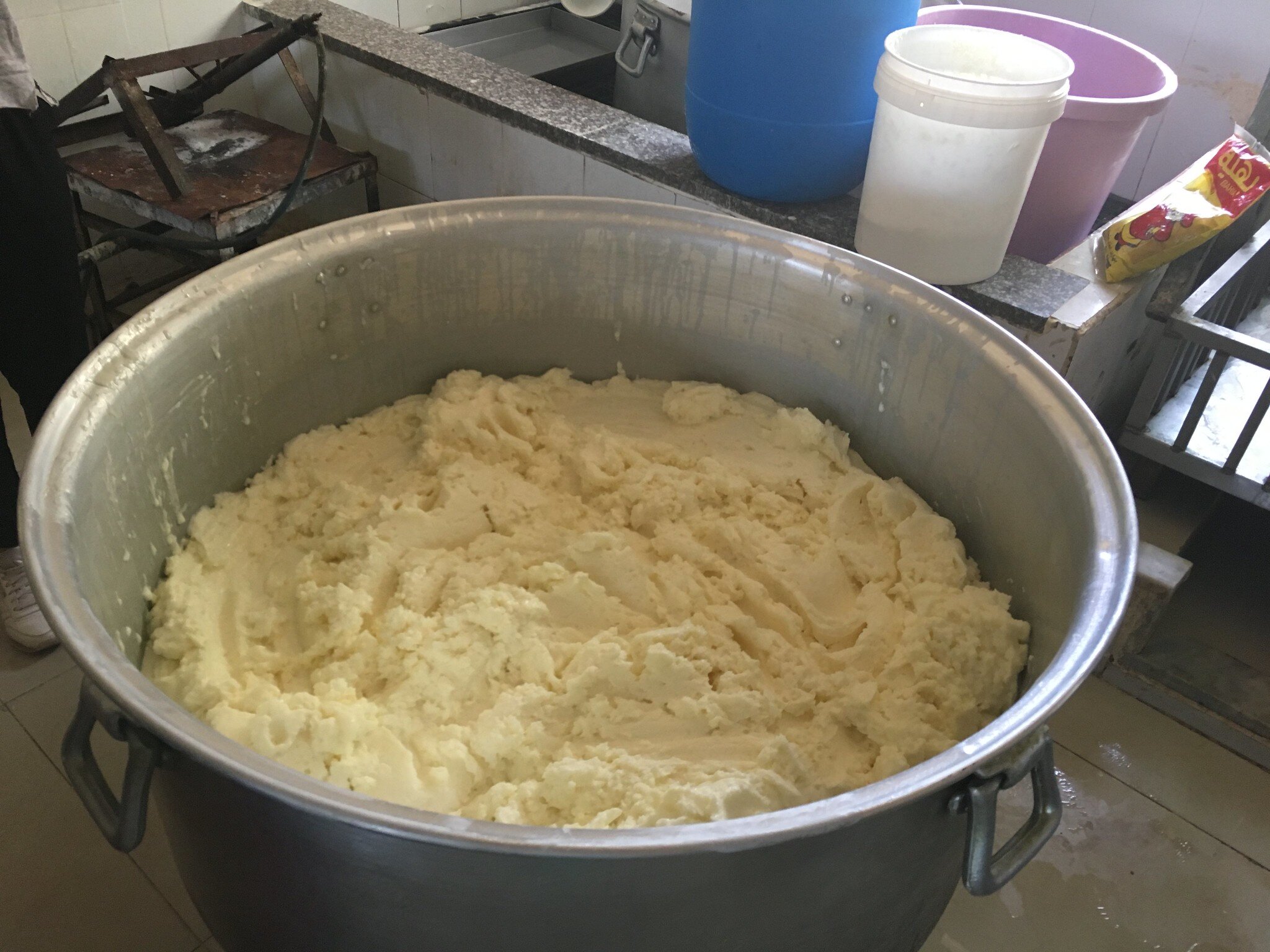
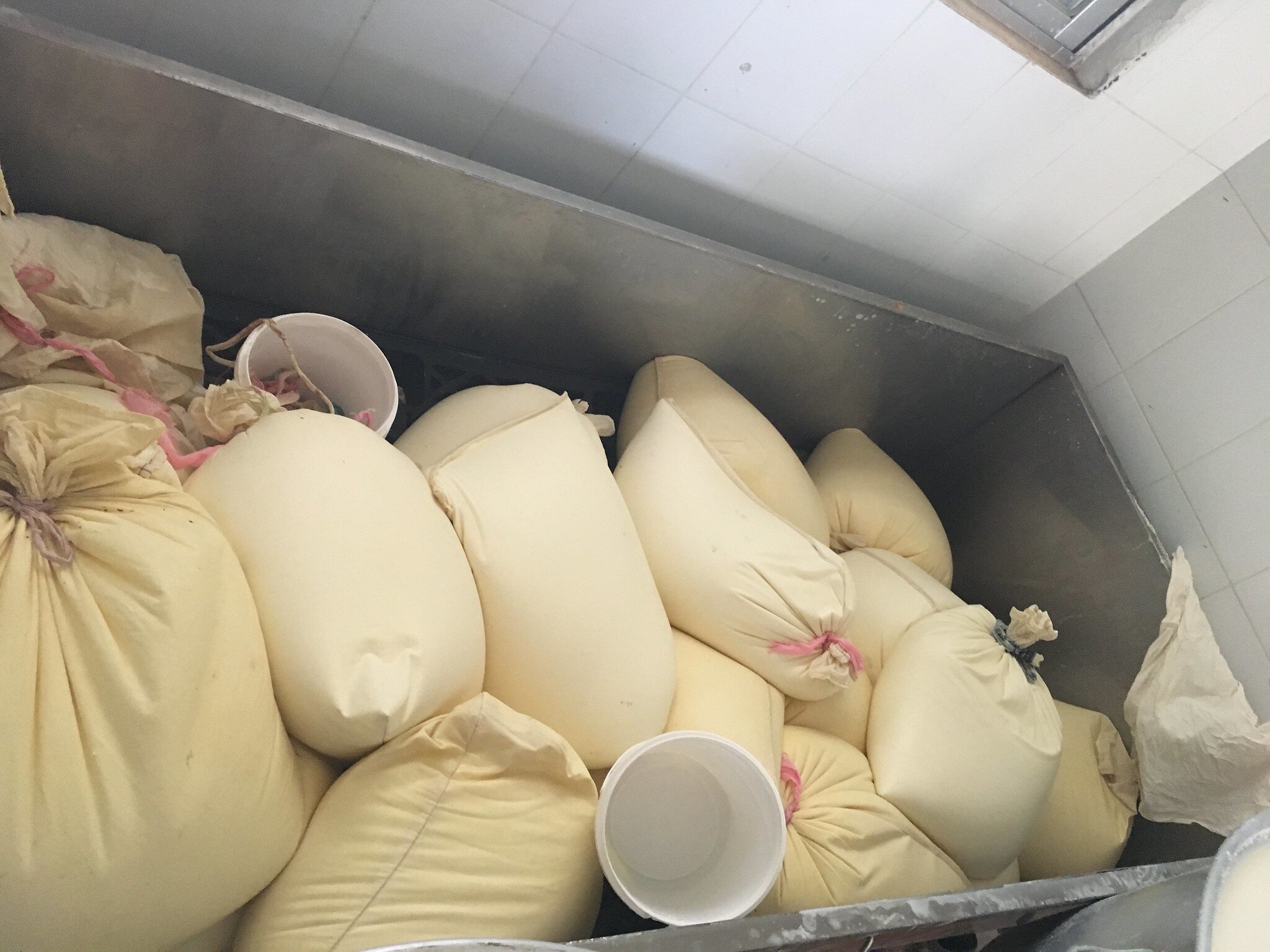
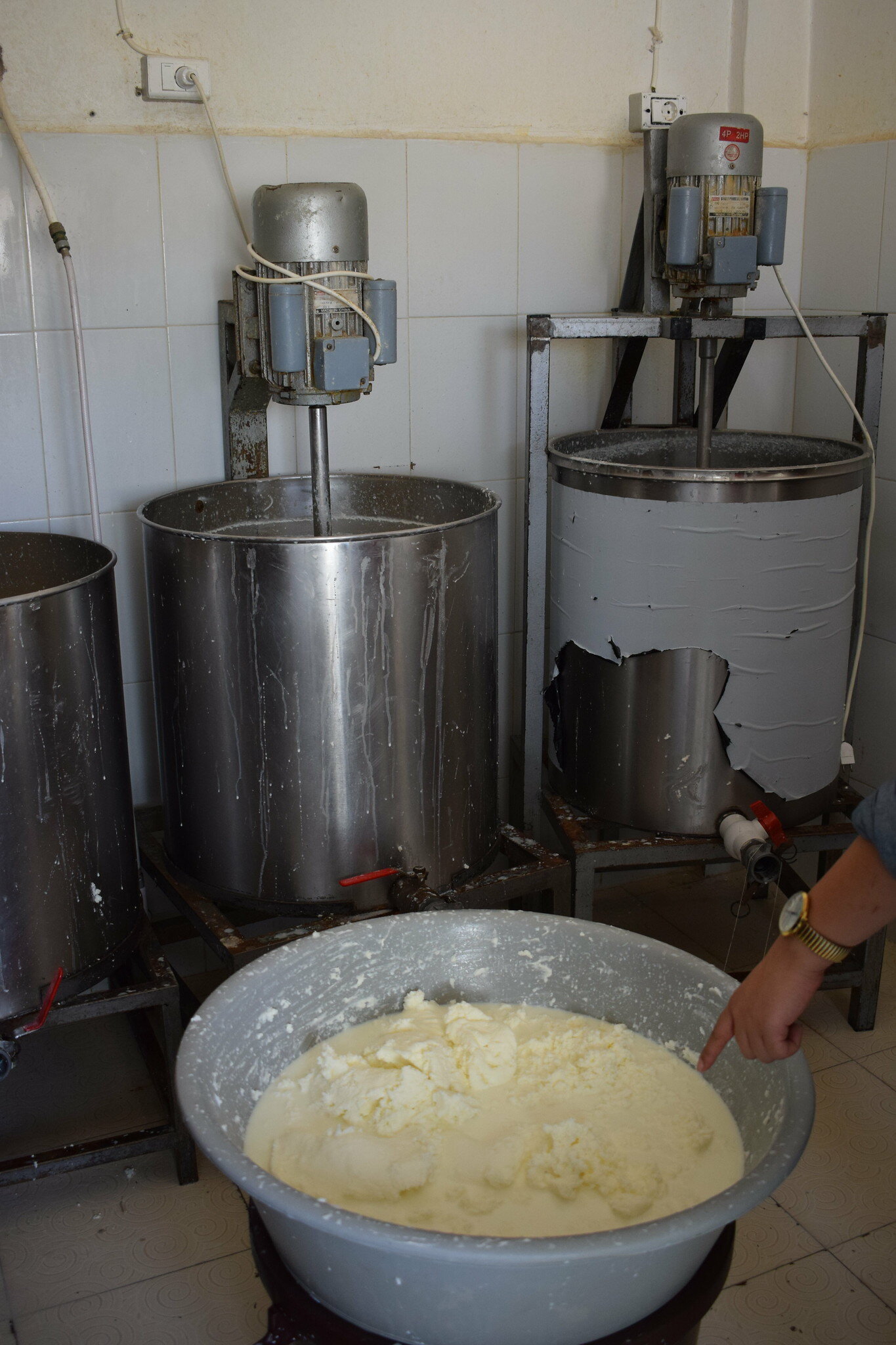
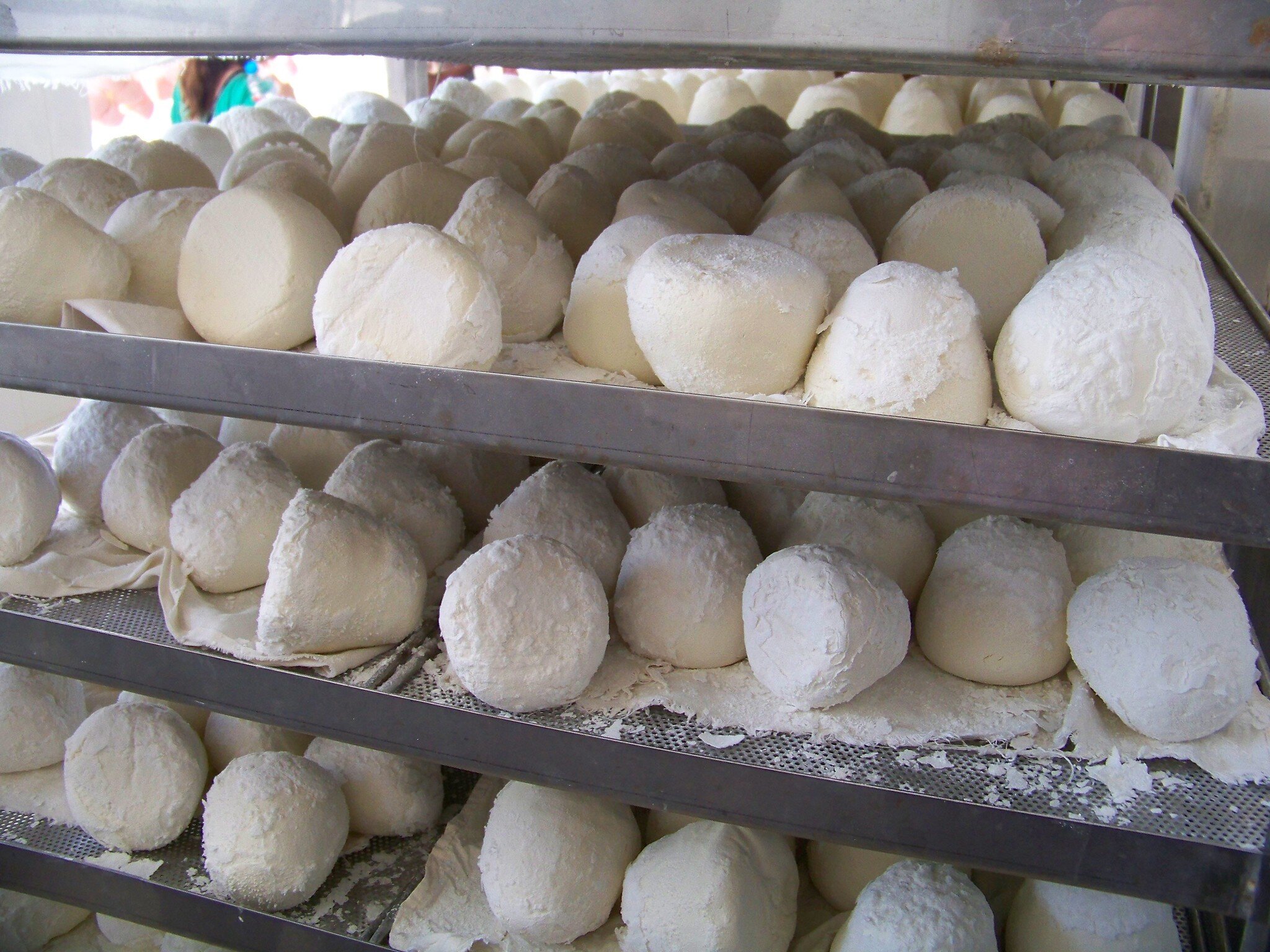
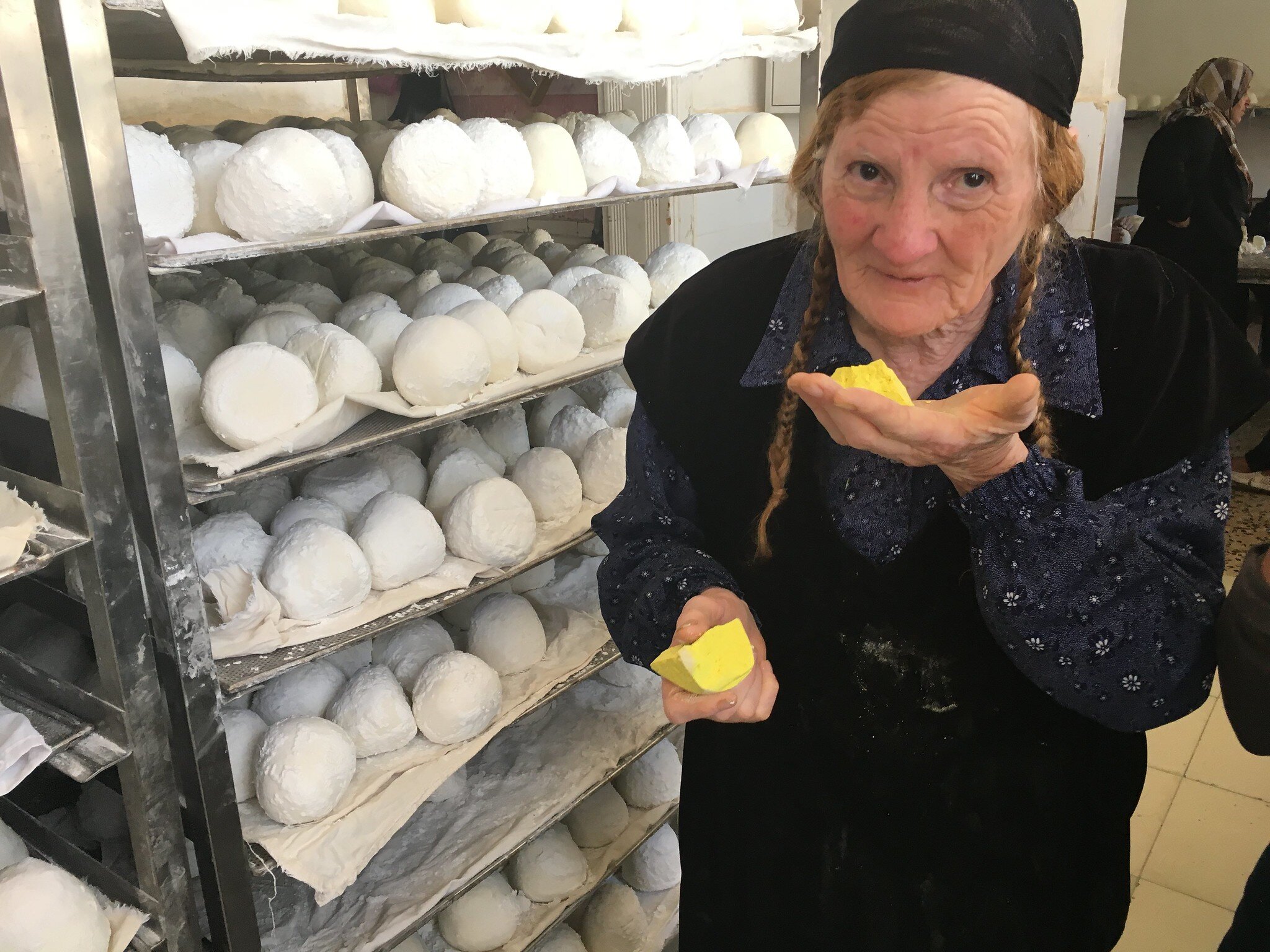
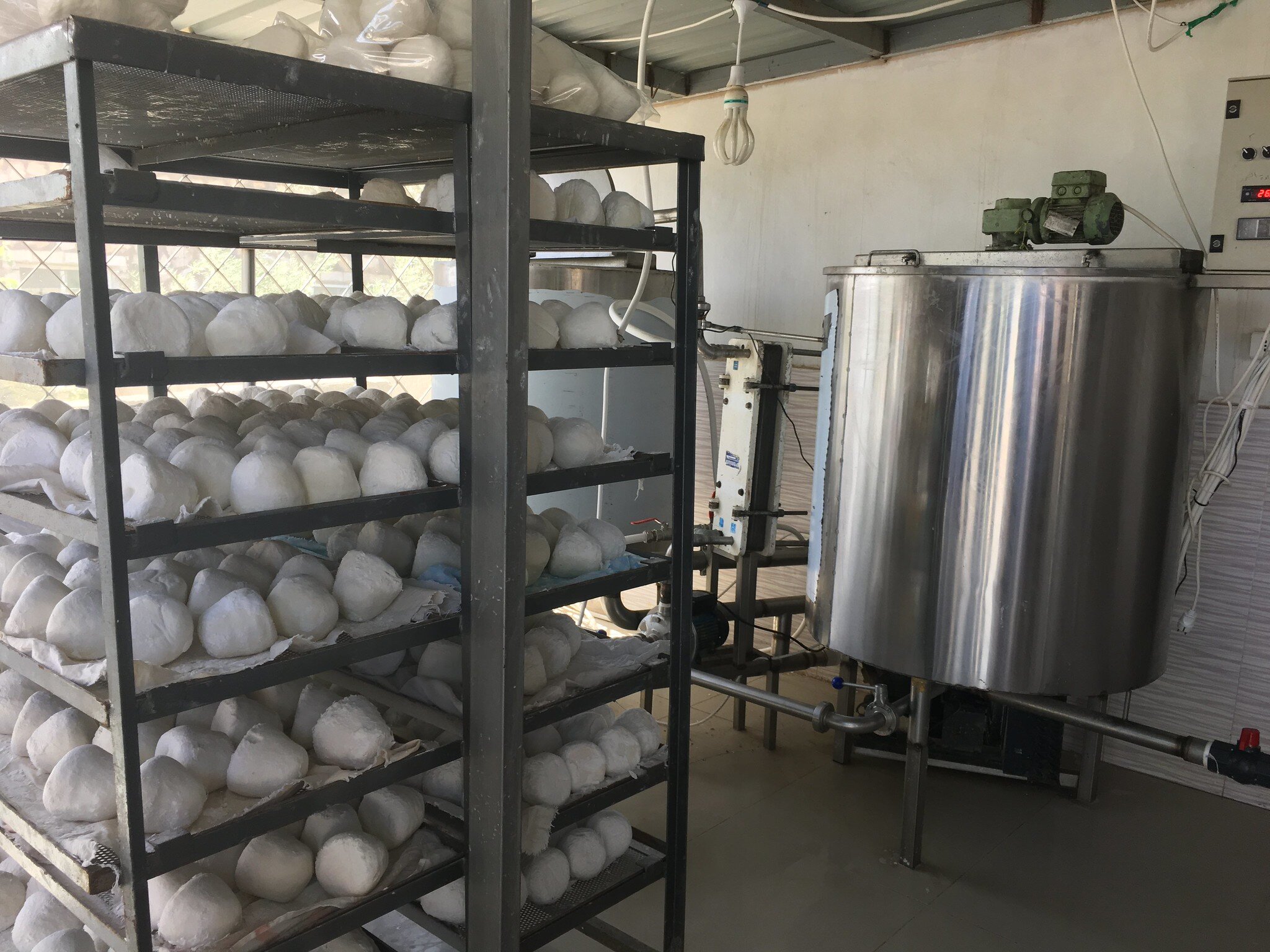
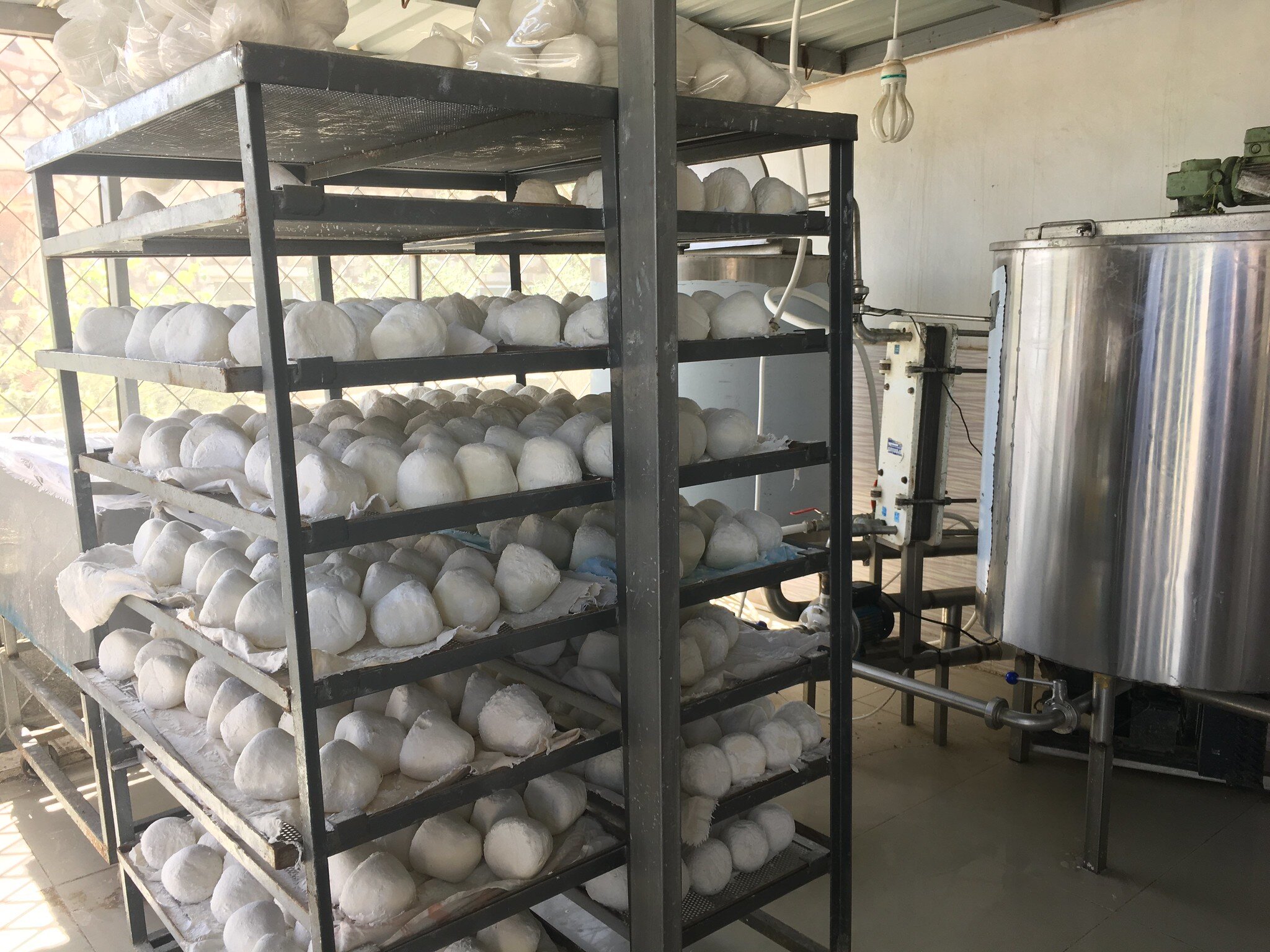
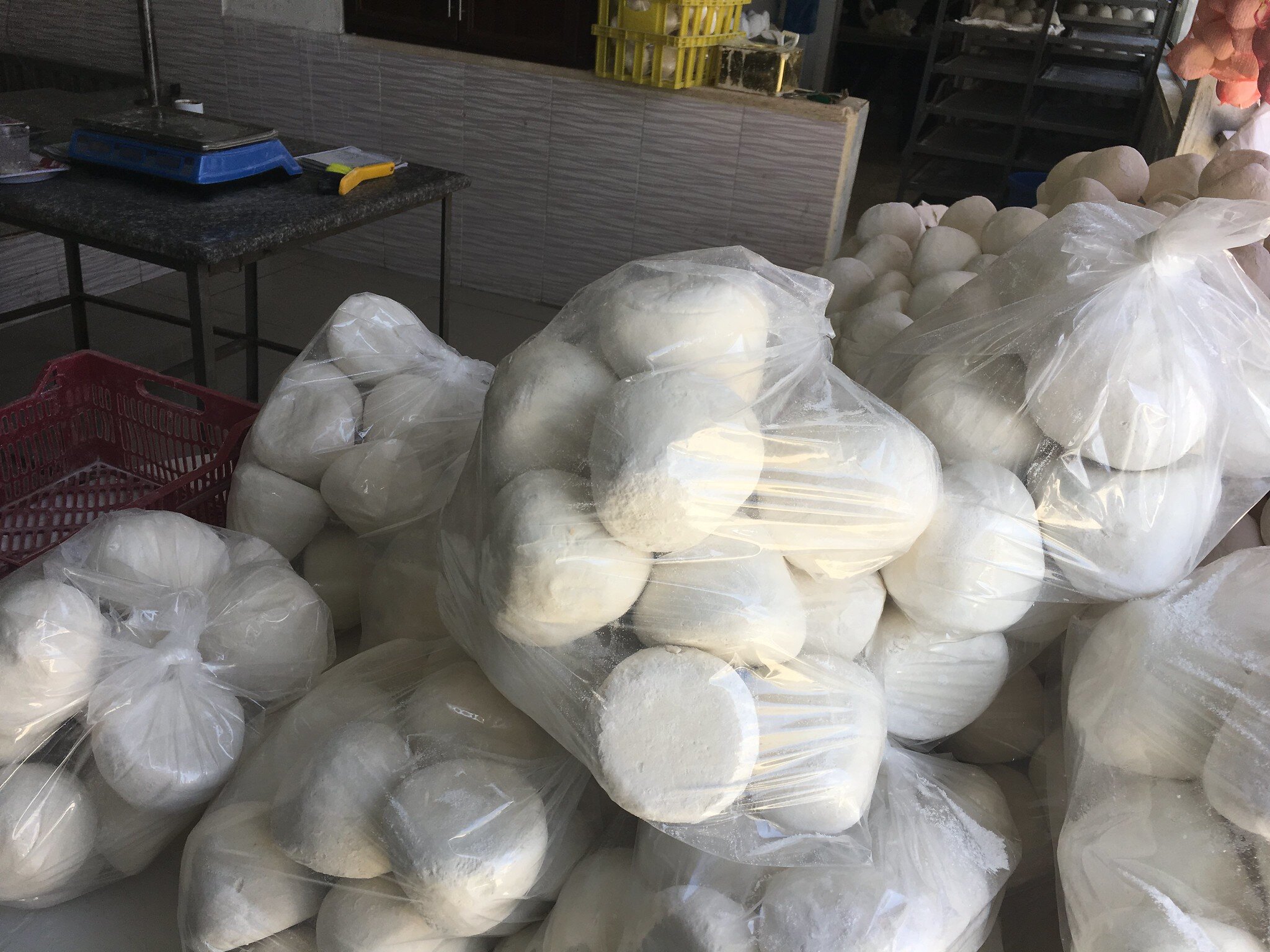


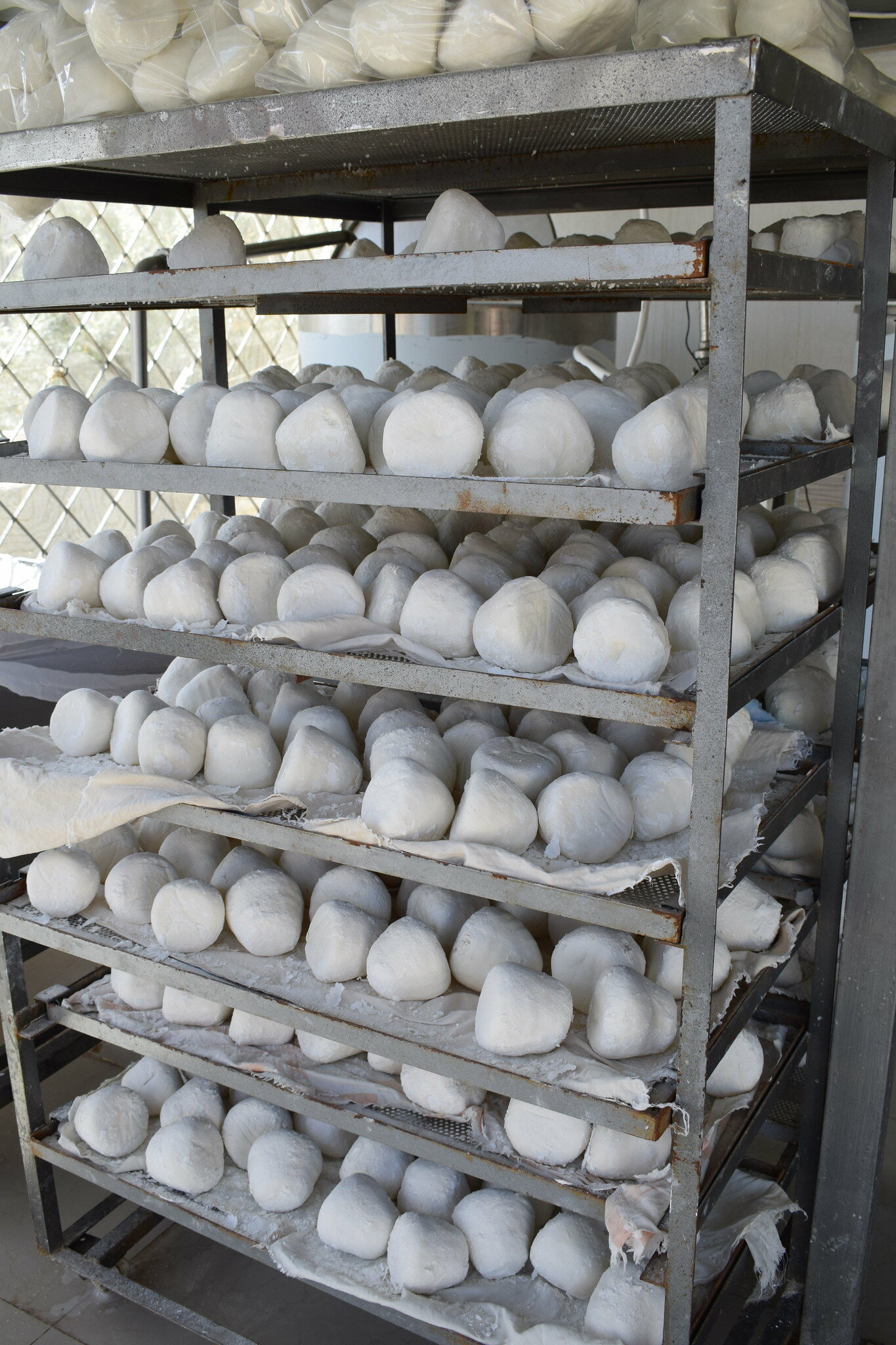
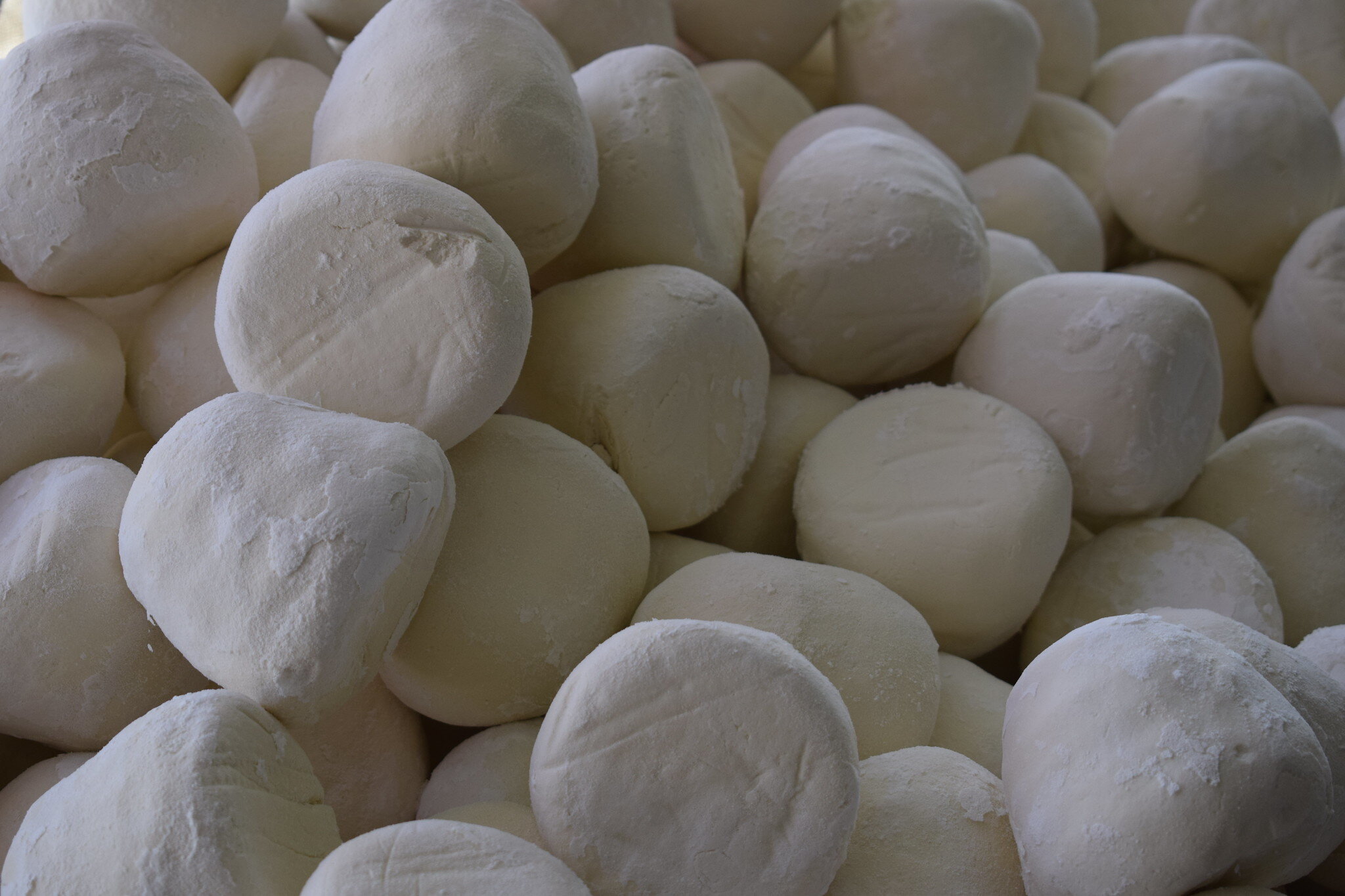
Those lovely images are courtesy of ICARDA. You can find the full album here.
Making Jameed at a [very] small scale
We started with 7 litres of goats milk which needed to be transformed in to yogurt to get the distinctive tang you’d expect from Jameed, the easiest way for us to do that is to use the Instant pot which was very simple. This is also possible with a saucepan but you would need to pay closer attention and not leave it unattended overnight.
For this stage you will require:
Instant Pot
Thermometer
Goats Milk
Yogurt Starter (we used Greek yogurt)
Method
Add the goats milk to the Instant Pot, set to Yogurt - Boil and bring the temperature up
Once the temperature is up to 180°c then allow to cool. You are just trying to kill off some of the bacteria and denature some proteins, supposedly allowing for easier digestion.
Once your milk has reached 40°c temperature add in your yogurt starter and set your Instant Pot to Yogurt - 8 Hours. Personally I would leave this going overnight and come back in the morning.
8 hours later and you should have yogurt! It is pretty warm though, time to start cooling it and allowing it to “set” I went for another 8 hours in the fridge but I think 10+ would have been better.
Now to make Jameed!
After a little fermenting session, we should have some light yogurt. It’ll be plain-ish. And a bit sour, ideally.
We will boil the yogurt, and attempt to separate the curds from the whey…
Note: If you are using goat milk from your own goat then at this stage please churn the yogurt (you can use a stand mixer or a churn jar) to separate the fat from the milk, this is essentially cultured butter so it should be pretty tasty!
Your yogurt needs to thicken, bring it to the boil. The curds will “split” from the whey, and we can then put it through the cheesecloth.
You will need to prepare:
Goats milk yogurt
Colander/Sieve
A large bowl
Cheesecloth
Salt
Forming Jameed
Strain the reduced yogurt through cheesecloth.
Don’t dump the whey - you can use this in other recipes or water your plants with it. 🌱
Allow it to drain until you can form it in to a paste and add salt.
The amount of salt you should use is a slightly elusive matter… We went for 1/2 teaspoon for every litre of milk. This worked out to approximately 21 grams of salt, although Jameed is usually around 10% salt, so knowing how much the 7L yielded, we now know that we could have added 27 grams of salt (an additional 6ish grams) in total to get us up to the 10-11% mark.
Form in to balls, blocks or whatever form your imagination takes.
Traditionally, they are formed into dome-ish balls, and are air-dried or sun-dried.
To become Jameed - meaning “hardened” these yogurt shapes will require an extended period of drying or some time in a dehydrator. If exposed to sunlight they will take on a natural golden hue and if sheltered they will stay white.
In our case, being in the South West of England meant that any attempts at sun-drying the jameed would have resulted in a soggy patio, so instead we stuck the discs in the dehydrator, at 40c, overnight, to aid the drying process and prevent the Jameed from spoiling.
And the results…
FODMAPs
FODMAPs Goats milk yogurt is low in FODMAP (Lactose being the main concern), and the 7L we used should approximately contain around 33g of Lactose.
Folks sensitive to lactose should avoid Mansaf/Jameed, or consider taking Lactase before your feast!
In terms of yield, I was left with 250g of dry Jameed solids.
The whey which was removed would have contained a large proportion of the lactose.
This was a good proof-of-concept experiment, and we’re very pleased with how it went, but we will be tweaking the recipe as we learn more.
Please consider following us for future updates!
(And share this with friends and family!)

